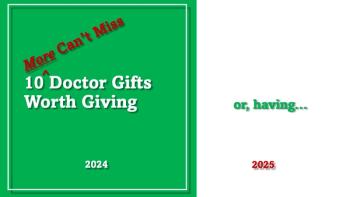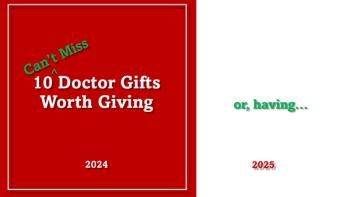
New iPad Inclusion Will Make it Your mHealth Hub
The most overlooked feature in the new iPad, and the one that makes the device great for mHealth, is the inclusion of Bluetooth Low Energy.
This article was originally published by
There certainly isn’t a shortage of new exciting features added to the new
However, the most overlooked new feature in the new iPad is
The other new features are likely to get a lot more press because of the “wow” factor, but this obscures the real transformational feature, which has now been added in nearly all of Apple’s core products including Apple TV, MacBook Air, iPhone and now the iPad.
Apple has, in very short order mind you, transformed the wireless paradigm totally under the radar, without consumers awareness because its impact will only be felt when the current vacuum for BLE compatible peripheral devices is filled by innovative new consumer device makers, of which very few exist today.
Even before that, there needs to be sufficient supply of BLE chipsets from suppliers such as Texas Instruments, to manufacturer devices at scale and really penetrate the consumer market in any meaningful way, which is at least three to six months out from today.
BLE is so efficient that Wahoo Fitness claims its device can run one to two years without recharging the battery, though, Wahoo’s device is particularly well suited as a fitness product to take advantage of the upgrades that distinguish Bluetooth 4.0 from 3.0.
Interestingly, the power efficiency of BLE is achieved by the design of the protocol to allow low duty cycles, not by changing the fundamental nature of the active radio transport used in traditional
In fact, using a BLE device for continuous data transfer would not result in lower power consumption than a comparable Bluetooth device transmitting the same amount of information, and could actually consumer MORE power because the protocol is optimized for small bursts of data transmission.*
Thus, sensors with intermittent use, such as the Wahoo fitness heart rate monitor, or passive sensors that send information based on triggers such as breaching a particular pre-determined threshold, or ambulatory 16-lead ECG for EMS will work best.
There is quite a bit of speculation about what Apple’s next big thing will be, largely driven by the teasing of Steve Jobs biographer Walter Issacson, who has recently said he knows a lot more than he shared and has kept his mouth shut out of respect for Apple and its hyper-secretive culture. Most of the attention has been on the company making an
Personally, I think it would be better off pioneering new areas of personal computing and content, not obsess over low-margin businesses like television sets. I think the next big thing out of Cupertino may well be their own
NFC inventor and
This is a very patient play by Cupertino, but let’s be real for a second: if Steve Jobs left any legacy with his successors that will persist for generations to come, it’s that they will always set the rules of the game and lead from the front. This is the largest company in the world we’re talking about here, so we should expect Google, HP, LG, Samsung, etc., to fall in line in short order. Welcome to the age of Bluetooth 4.0.
Regardless of the immediacy of the opportunity, this is the feature that puts the iPad, and Apple’s entire consumer product suite, into an entirely separate category of device class. The next best tablet on the market by sales, the Kindle Fire, doesn’t even offer Bluetooth, rendering it all but irrelevant in regards to mHealth, making it a two horse race — Google (and companyies running
*During radio transmission and reception these devices exhibit peak currents in the tens of milliamps (mA) range in both Bluetooth 3.0 and 4.0 nodes. In sleep modes, current consumption can be reduced to tens of nanoamps (nA). The low duty cycles of BLE allow for average currents are therefore in microamps (μA) range enabling button cell battery power sources to last up to a year.
Newsletter
Stay informed and empowered with Medical Economics enewsletter, delivering expert insights, financial strategies, practice management tips and technology trends — tailored for today’s physicians.














